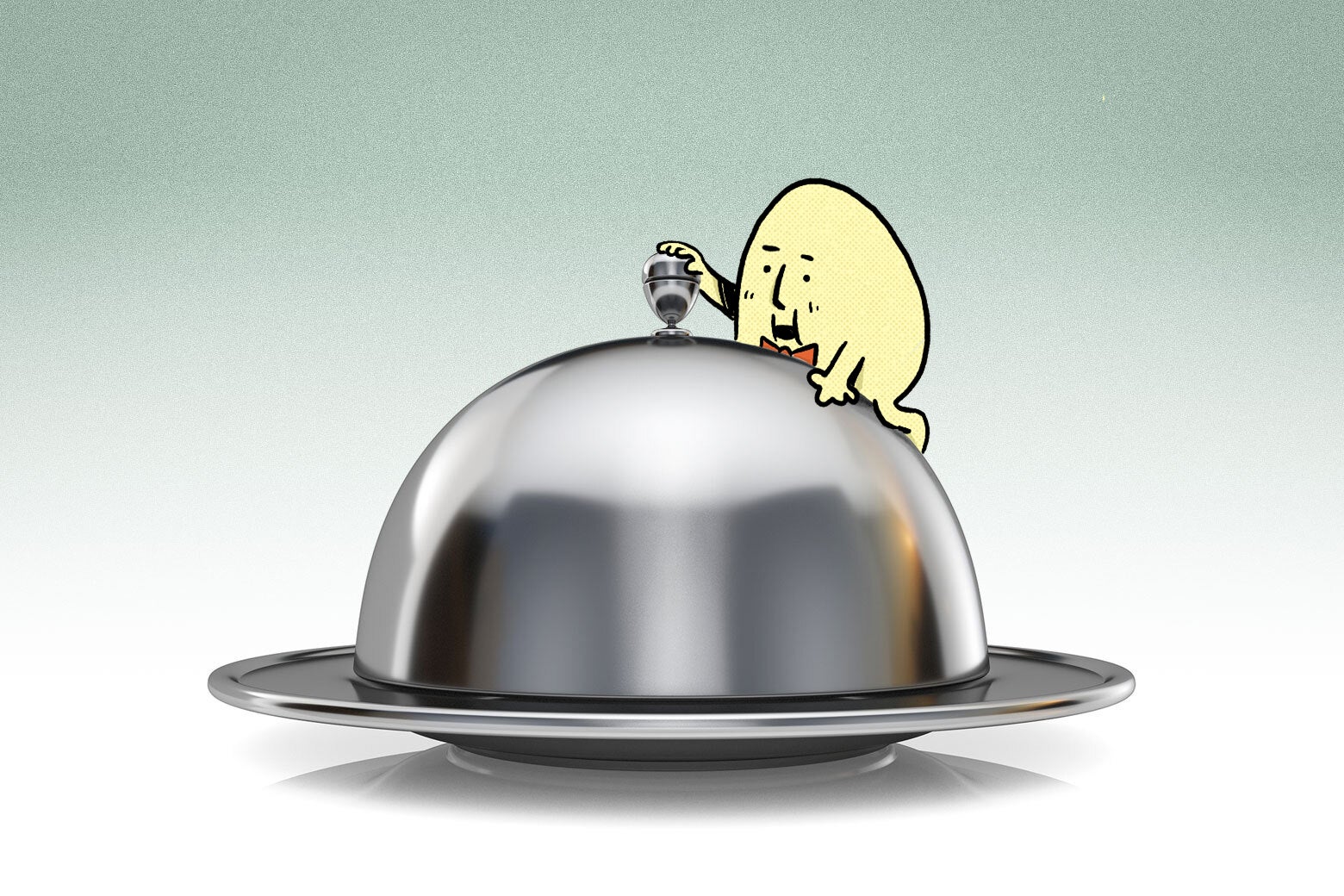
"In the U.S., we might find it strange that people in the U.K. eat black-headed gull eggs, while people in Taiwan eat pigeon eggs."
"Balut, a popular Filipino street food, refers to a fertilized duck egg which contains the remains of an entire baby duckling â a delicacy familiar to many."
"Some eggs may seem odd not for their species, but for the way they are prepared, such as Century eggs from China, cured in mud for weeks."
"Humans have long gravitated toward the eggs of birds, with consumption of ostrich eggs in South Africa possibly dating back 60,000 years."
The article explores the varied and strange types of eggs consumed around the world, highlighting how cultural perspectives shape our views on food. Examples include black-headed gull eggs in the U.K. and balut in the Philippines, showcasing how what's gourmet in one region can be viewed as odd in another. The discussion extends to the long history of bird egg consumption, indicating humans have eaten bird eggs for millennia, with ostrich eggs possibly being consumed for over 60,000 years. This variety serves to illustrate the rich tapestry of global food culture concerning eggs.
Read at Slate Magazine
Unable to calculate read time
Collection
[
|
...
]